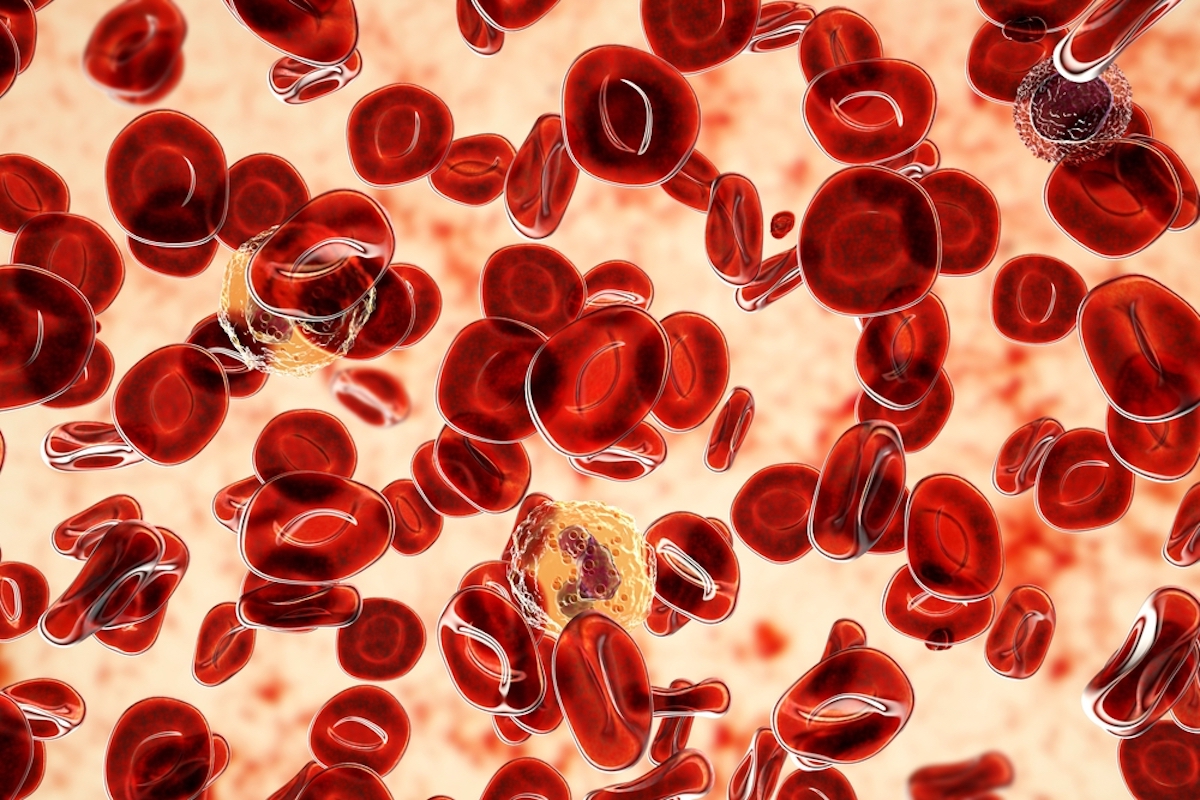Polycythemia vera – also known as PV – is a very rare blood disorder, that affects about 50 per 10,000 people in our country. It mostly affects people who are 60 years of age or older. As we get older, our body gets older as well, which makes us more susceptible to diseases, like high blood pressure, and diabetes type 2, but also more dangerous disorders like Polycythemia vera. Everybody must know about the symptoms and treatment options of PV because this disorder develops slowly and the sooner it’s diagnosed, the sooner symptoms can be managed.

What Is Polycythemia Vera?
Polycythemia vera is a chronic blood cancer (leukemia) type that causes the bone marrow to overproduce red blood cells. This doesn’t sound very dangerous, but it is, because if someone has too many red blood cells, the blood gets too thick, which may cause blood clots. Blood clots are very dangerous for the body, as they can cause a heart attack or strokes.
What causes PV?
PV falls under the cancer group “myeloproliferative neoplasm” (MPN). This includes several cancers that cause an overproduction of blood cells. This happens because of a gene mutation that took place once in your life for no apparent reason. It originates in the bone marrow – which is located in the center of the bone and is the place where new blood cells are made.
The form of blood cancer occurs when a single gene – often it’s the gene called JAK2 – in a stem cell in the bone marrow fails. This failing gene gives the stem cell the instruction to reproduce itself continuously. All these reproduced cells get the same instruction, which means they keep reproducing. Eventually leaving no room in the bone marrow for the “normal” cells.
Stages of Polycythemia Vera
As said before, PV often gets diagnosed after the age of 60, because it develops very slowly. Polycythemia vera is divided into the following 3 different stages:
- Early PV; someone is experiencing mild to no symptoms
- Advancing PV; someone is experiencing more symptoms or the development of secondary conditions.
- Spent phase; the mutated blood cells have taken over all the healthy bone marrow, leaving scarring. Too much scarring can cause anemia and hemorrhaging, as someone is no longer able to produce healthy red blood cells. Doctors often call this stage Myelofibrosis.
Continue reading about Polycythemia vera on the next page and find out, among other things, how to recognize this form of blood cancer and what you should do if you suspect you have PV.

